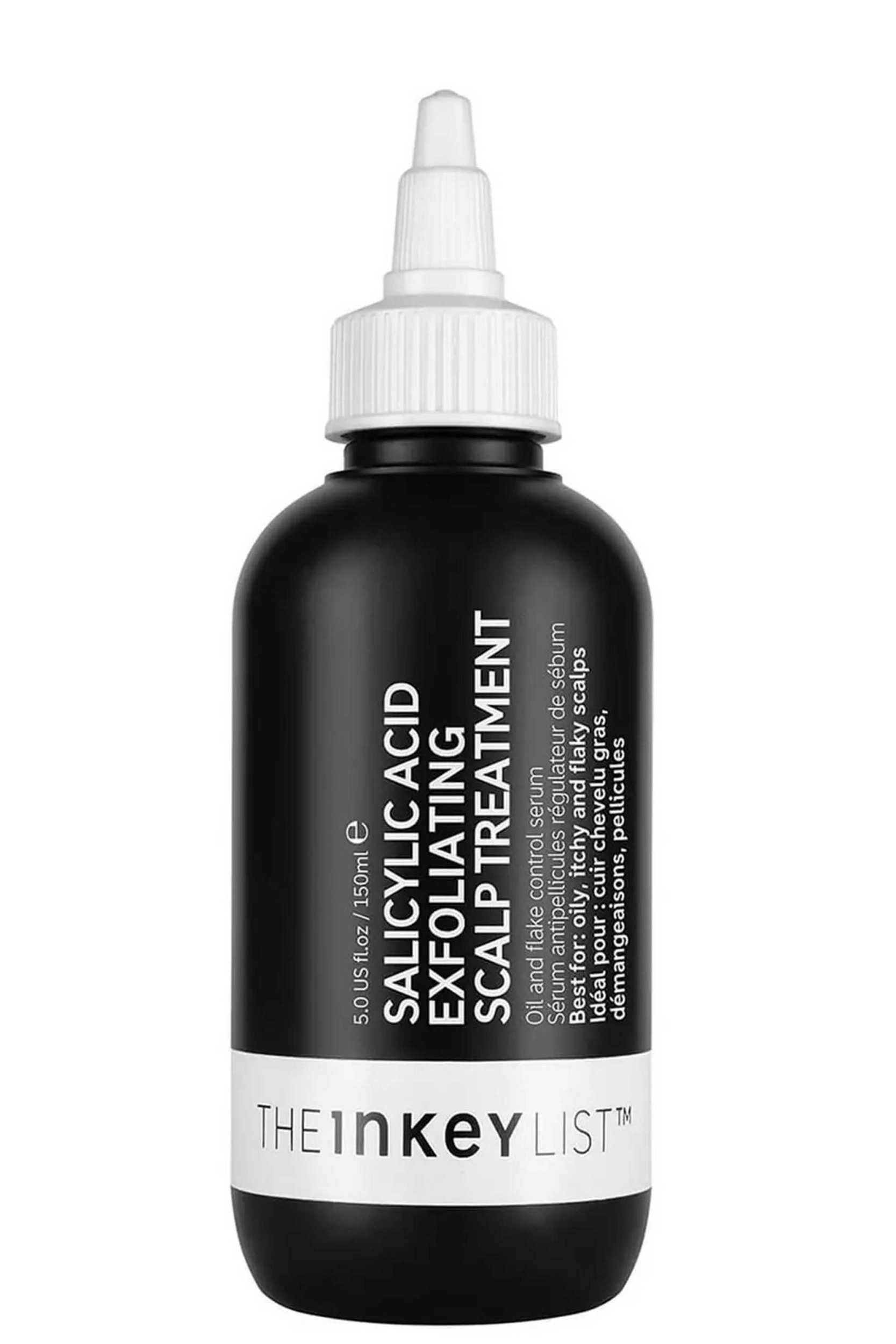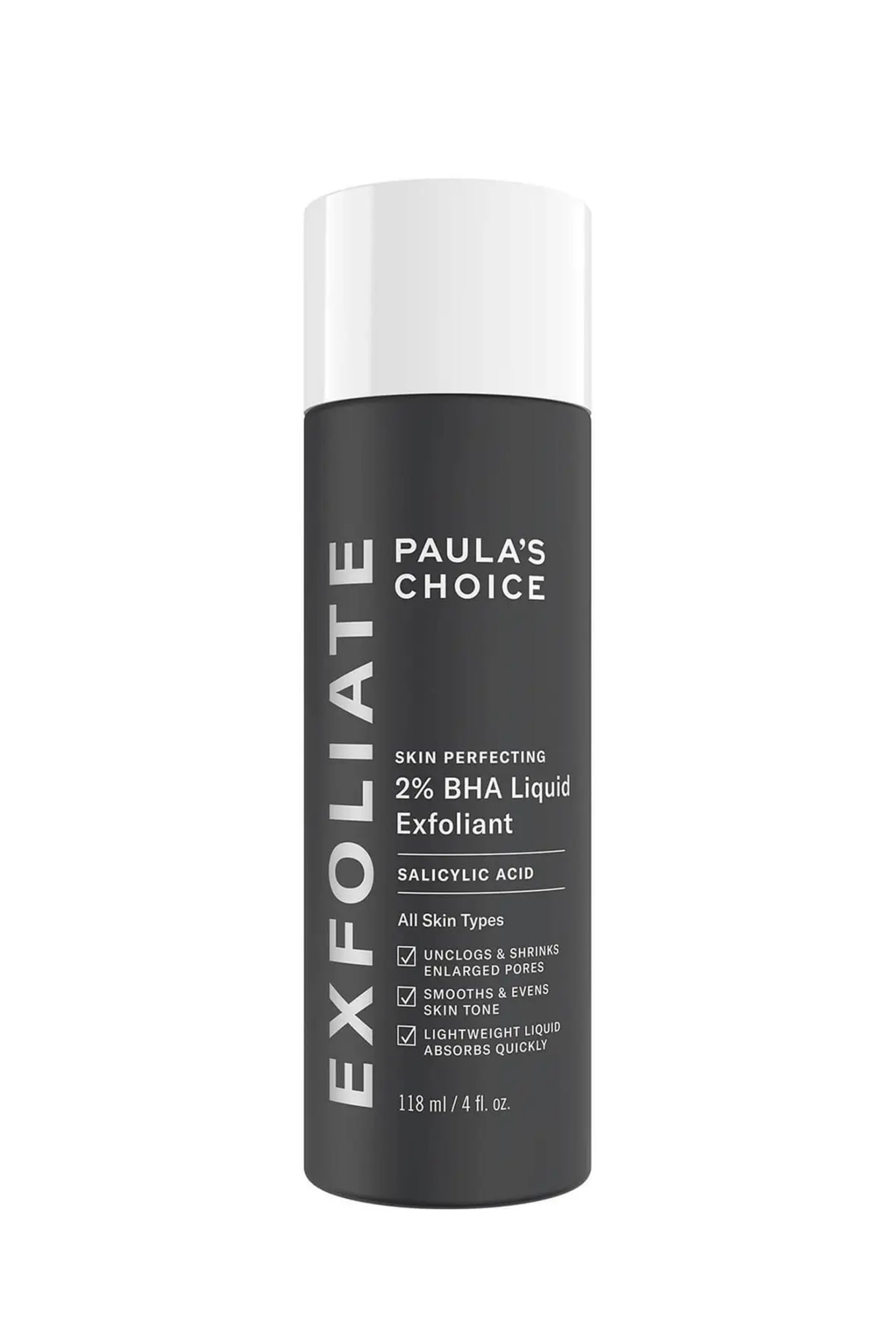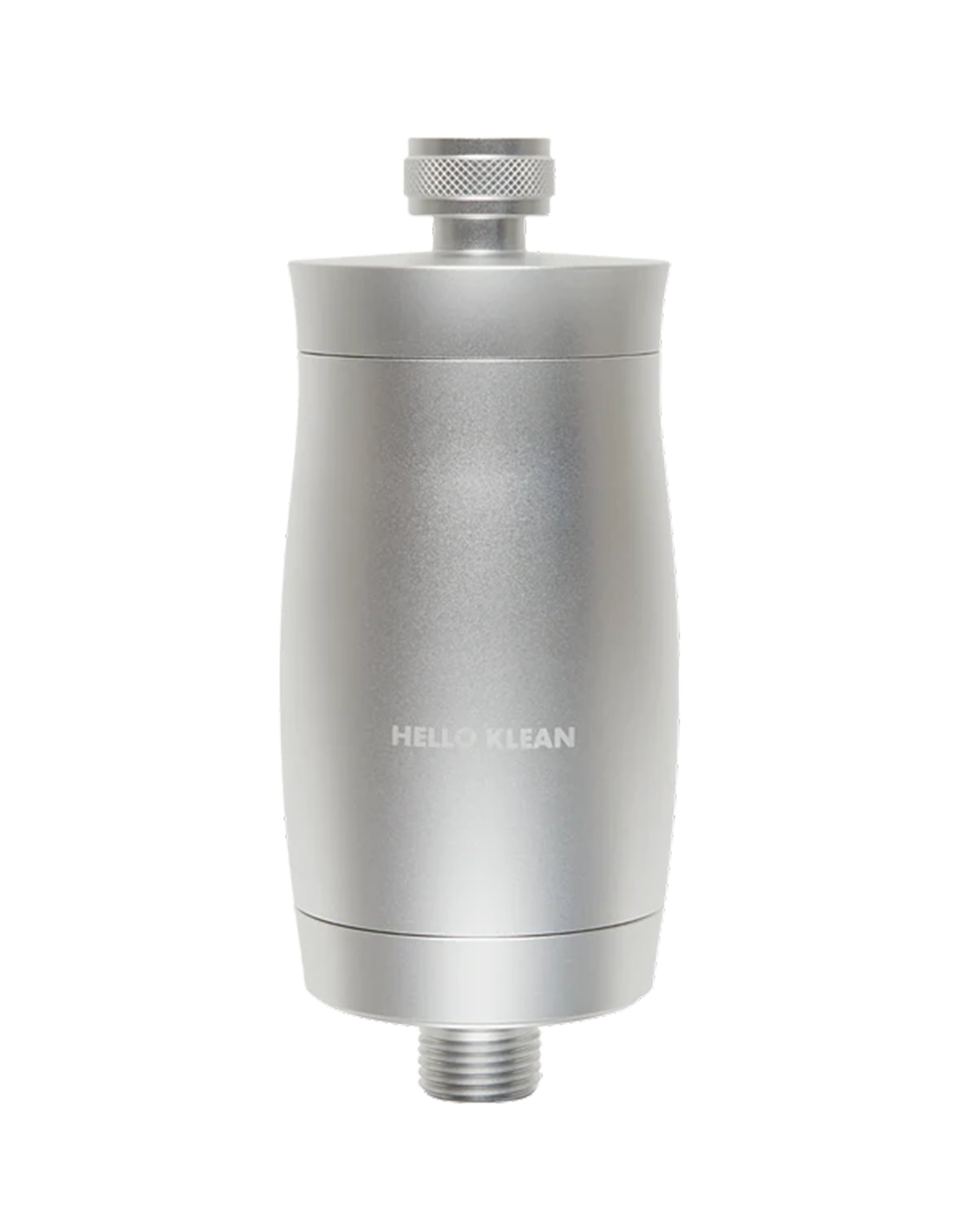Have you noticed spots that develop along your hair line or down the back of your neck? These scalp breakouts are due to a build-up of dead skin cells, product, sweat and sebum, and I’m going to teach you how to manage them.
What causes spots along the hairline?
Spots along your hairline are caused by scalp build-up. Scalp build-up contains dead and dying skin cells that are shed from the upper layer of the epidermis of your scalp. Build-up also contains sweat and sebum secreted from sebaceous glands and residue from your haircare products i.e. gels, moisturisers and oils.
If you live in London or another big city, there may also be minerals from hard water that interact with soap you may use, leaving behind a mineral-like residue.
Over time, all this build-up can seep into the pores along your hairline and leave your scalp line and forehead prone to closed comedones and papules.
How to treat breakouts along the hairline
Just like the skin on our faces, the skin on our scalp can benefit from regular exfoliation. This can help to reduce the amount of scalp build-up and clarify the pores.
Invest in a scalp exfoliant
To effectively penetrate the sebum throughout the pores, you need to exfoliate with a salicylic acid-containing product. This helps to unclog the pores that are trapping dirt, product and bacteria. You may also want to consider gentler, more natural alternatives such as apple cider vinegar, which also gets the job done.
Assess your hair stash
You may also want to take a look at your shampoos, conditioners, styling gels, waxes, sprays, and hair masks. Are any of these products seeping onto your forehead and causing more build-up? Are you doing your hair, and then getting all your hair product onto your pillow? These habits might be contributing to your breakouts.
Oils that are the biggest culprits are as follows: coconut oil, coco butter, flaxseed oil and wheatgerm oil. These are all highly comedogenic oils, which are inappropriate for clog-prone skin. If you can switch to products that contain less comedogenic oils (olive oil, avocado oil), this may help tackle new breakouts.
It is also important to do your haircare routine before you do your skincare routine (I.e washing hair then washing your face afterwards); this allows you to mop up any additional product on the skin.
Think about a shower filter
Picking up a shower filter may be beneficial, particularly if you live in cities such as London or Birmingham; these are parts of the country notorious for having hard water.
Hard water contains excess calcium, magnesium and potassium minerals, which can stick to the surface of the skin and hair and leave microscopic mineral deposits. Just picture limescale deposits around your taps, showers and toilet; all of that residue is going onto your scalp!
As well as scalp breakouts and limescale around taps, other signs that you may have hard water in include dry, brittle hair that won’t hold onto moisture. This hard water hair guide will help you further here.
Increase washing of fabrics
Lastly, you want to avoid significant amounts of product being left behind on pillowcases, caps, hats, headbands and hijabs.
Be sure to wash these materials regularly, particularly if you use a lot of product on your hair that may rub off onto these items.
Scalp build-up can be tricky to manage, but with the correct combination of scalp care and lifestyle choices, you should be able to notice a difference in breakouts along your hairline within weeks.













